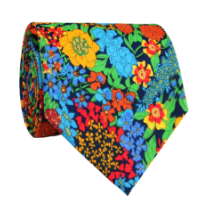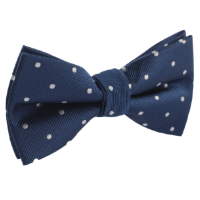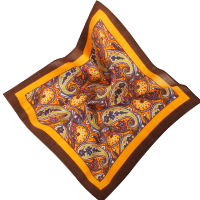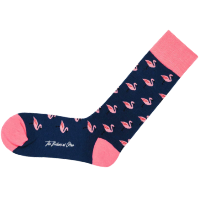The Art of Wearing a Bow Tie: A Complete Guide
The bow tie, once considered old-fashioned and reserved for formal events, has made a resurgence as a fashionable accessory for men. Today, the bow tie is a versatile piece that can be worn on various occasions, from casual outings to formal events. In this comprehensive guide, we will delve into the different types of bow ties, discuss when and how to wear them, provide tips on pairing them with your outfit, and offer insights into accessorizing appropriately. 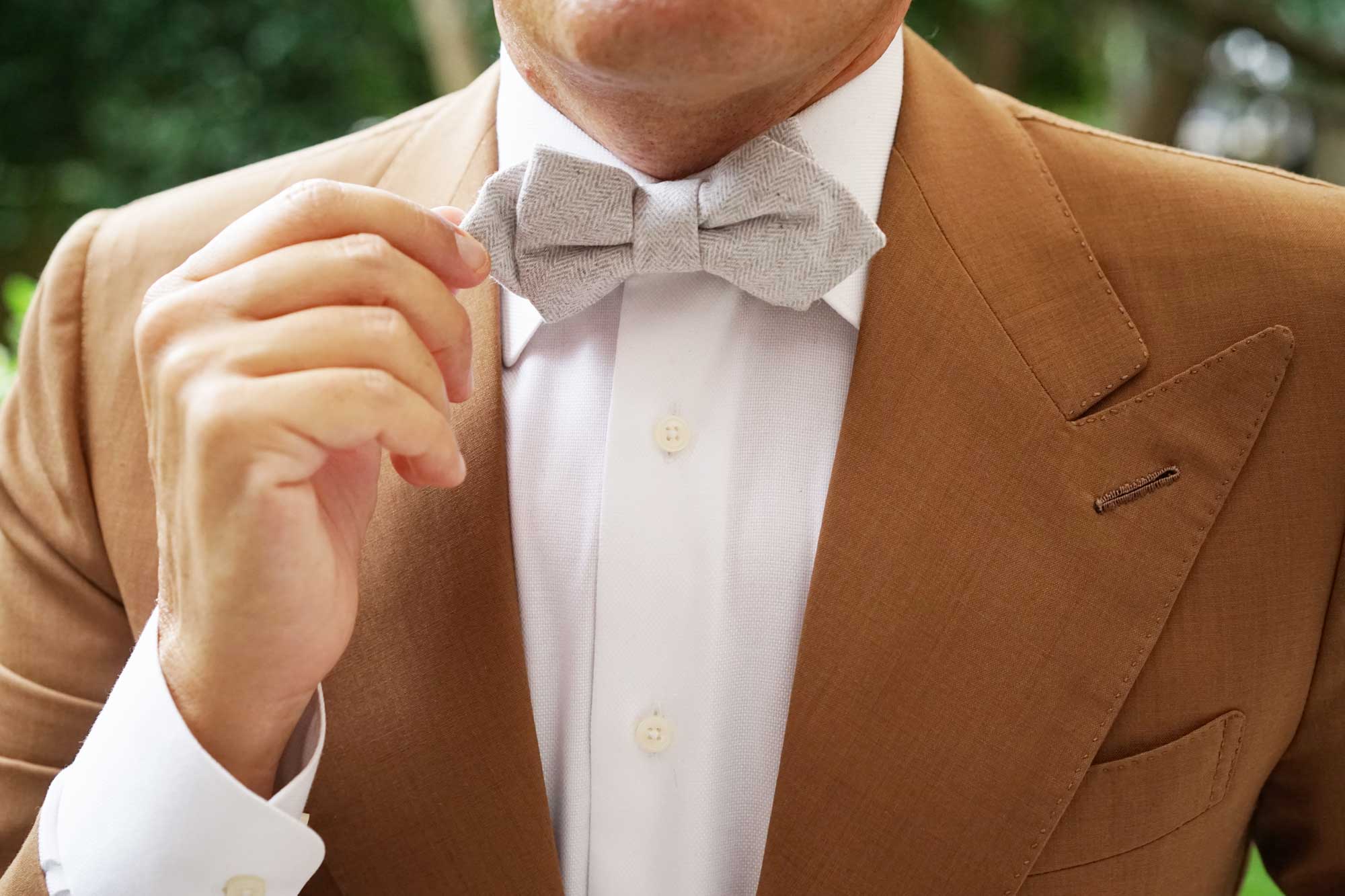
Different Types of Bow Ties
There are primarily three types of bow ties: self-tie bow ties, pre-tied bow ties, and clip-on bow ties. Each type has its own unique characteristics and purposes.
Self-Tie Bow Ties: Self-tie bow ties, also known as freestyle bow ties, are the epitome of elegance and sophistication. They offer a classic and authentic look that requires mastering the art of tying the bow. While it might take some practice to get the knot just right, the self-tie bow tie exudes a sense of charm that's hard to match. It's the preferred choice for formal events, black-tie galas, and weddings, where making a statement matters.
Pre-tied Bow Ties: Pre-tied bow ties offer convenience and ease of wear. These bow ties come pre-tied and have an adjustable strap that goes around the neck. They're an excellent choice for individuals who might not be as confident in tying a bow themselves. Pre-tied bow ties can still be appropriate for formal events and weddings, especially if you're short on time or prefer a consistent knot appearance.
Clip-On Bow Ties: Clip-on bow ties are the most hassle-free option. They feature a metal clip that attaches directly to the shirt collar. While they might not offer the same level of sophistication as self-tie or pre-tied bow ties, they're a fun and playful accessory that can be worn on casual occasions or themed parties. Clip-on bow ties can also be a great choice for kids' formal events, ensuring they look dapper without any fuss.
When to Wear a Bow Tie
Choosing when to wear a bow tie depends on the occasion and the level of formality required. Black tie events, galas, and formal dinners are prime opportunities to don a bow tie. These occasions demand a level of sophistication that a bow tie effortlessly delivers. Opt for a self-tie bow tie in classic black or a rich jewel tone to match the elevated ambiance of the event.
Whether you're the groom, a groomsman, or a guest, a bow tie can be a defining accessory at a wedding. For a traditional wedding, a self-tie bow tie in a subtle pattern or solid color can complement the formal attire. For more contemporary or themed weddings, you can experiment with colors and textures that match the overall aesthetic.
Bow ties aren't limited to formal settings. They can be embraced in casual settings to add a touch of individuality to your outfit. Consider wearing a patterned or whimsical bow tie with a casual button-down shirt and jeans. It's a great way to showcase your personality while keeping things relaxed and stylish.
While neckties are the standard choice for business attire, a bow tie can be a refreshing departure. Opt for a sleek and understated self-tie bow tie to convey professionalism and confidence. It's a subtle way to stand out without overpowering the formal setting.
Pairing a Bow Tie with Your Outfit
Pairing a bow tie with your outfit requires careful consideration to achieve a harmonious and polished look. The fabric of your bow tie should complement the fabric of your suit or shirt. For instance, a satin bow tie harmonizes well with a silk suit, while a textured wool bow tie complements a wool-blend jacket. The cohesion of materials ensures a cohesive and sophisticated appearance. When wearing a bow tie, your shirt collar plays a pivotal role. A spread collar or wingtip collar provides ample space to showcase the bow tie, making it a great choice for formal events. For a more casual look, opt for a button-down collar and choose a playful or patterned bow tie.
Colors should complement rather than clash. If you're new to wearing bow ties, start with classic colors like black, navy, or burgundy, which are versatile and easy to pair. As you gain confidence, explore patterns and bolder colors to express your personal style. Accessories can enhance the overall look. Consider adding a tie bar or cufflinks that match the metal accents of your bow tie. Pocket squares can also be a stylish addition, bringing an extra layer of sophistication to your ensemble.
Coordinating Your Bow Tie with Other Accessories
Wearing a bow tie is not just about putting on the tie itself; it's also about creating a harmonious and well-coordinated look with other accessories. You can create a comprehensive and stylish outfit that reflects your unique sense of style. Remember that achieving a cohesive appearance involves paying attention to color, pattern, and overall aesthetics. With a well-coordinated ensemble, you'll confidently showcase your mastery of the art of wearing a bow tie.
Conclusion
The art of wearing a bow tie involves understanding its various types, knowing the appropriate occasions for each, skillfully pairing them with your outfit, and adding complementary accessories. By following this comprehensive guide, you can confidently wear a bow tie and make a stylish statement in any setting.


